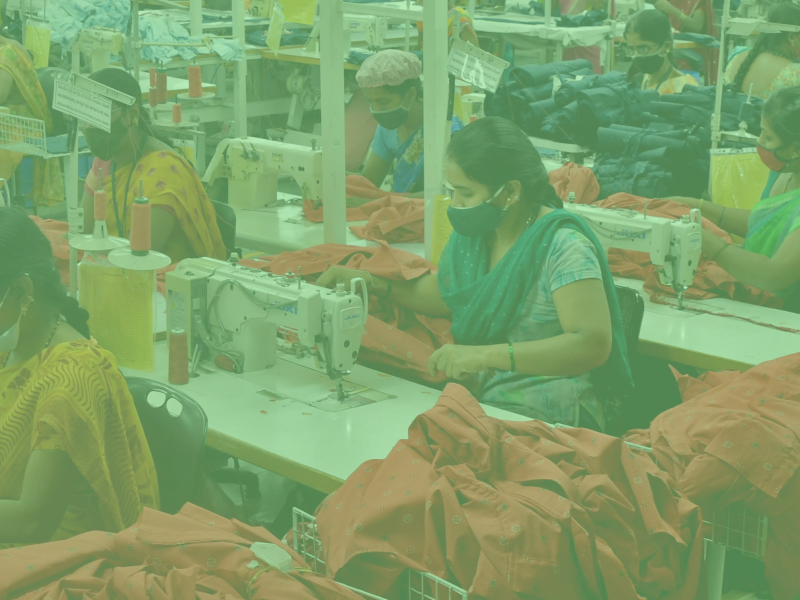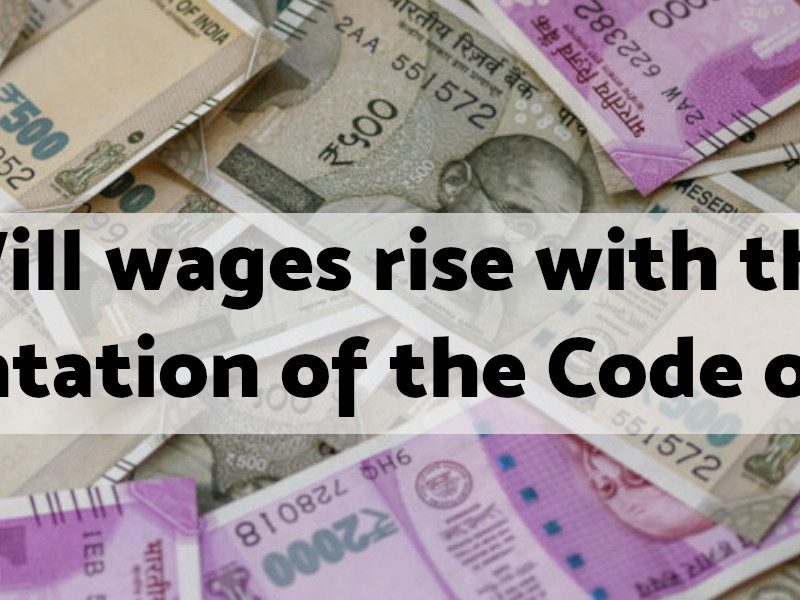Many of us have seen posters like these in our workplaces. Most of these show happy faces of workers who work in a team with motivational lines that make us all feel good. We start having a feeling that we are not alone, if we make mistakes we would not be blamed and punished, if we fall ill our team members will stand by us.
But why are Teams created by the Employers?
If we believe that employers are here to make profit, we must also believe that all they do is to ensure they continue earning this profit and growing it. Creating Teams is also one way to do just this. The posters mentioned also say so:
Anything is possible if we work as a Team = More productivity is possible if we can get workers to work together and not as individuals
Teamwork means never having to take all the blame yourself = This says the blame for errors will be with the workers. While this statement to a worker usually means a sense of security that they will not bear the blame individually but in reality it justifies the shifting of accountability for the quality and output from the employers to workers.
And finally, Together Everyone Achieves More = simply means getting the workers to work together as a team will ensure higher productivity and hence higher profits.
How do Teams produce More?
With the success of the new Toyota production system that introduced just-in-time (JIT) production and continuous improvement (Kaizen), work control practices rapidly changed. With lean production, organization of work got restructured to increase productivity and efficiency of workers to out-compete the Fordist production.
Teamwork was one Post Fordist management innovation that used the basic principle of Together Everyone Achieves More. This simple logic was used to:
- create teams that will compete with each other;
- create competition between team members to increase productivity of the team
- create animosity and suspicion between members of a team and between teams within a workplace to break old production targets and achieve new ones
Mutual Mistrust: As a result members of these teams constantly scrutinise the work of other team members and push each other beyond their limits, in order to achieve higher and higher productivity targets to win the ‘carrots’ on offer. These carrots often come in the form of bonuses, sometimes as ‘best team’ prizes, sometimes as promotions. This scrutiny often makes co-workers emotionless – older workers, workers with illnesses, or disabilities, or even women are pushed equally by young able men to contribute equally to the achievement of the target. Differential abilities are not taken into consideration. This creates mutual animosity and lack of comradeship.
Increased Stress: Further, these teams are often not permanent. Workers are shuffled across such that they do not settle down and develop sustainable relationships with their co-workers. This shuffling also puts the workers in additional stress, as they need to learn the rhythm of working in the new team all over again. Further, a worker who is above average in a team may in the next team be below the average ability to achieve the new target and hence would be put under additional pressure in this new team. This means shuffling leads to higher overall productivity while simultaneously increasing the stress, both physical and mental, among workers to achieve these ever changing targets.
Co-workers as Adversaries: With this competition between workers defining their behaviour with one another on the shop floor, workers end up cutting corners constantly to achieve these unachievable targets. Workers often cut on their break time, their safety concerns, their health and their family responsibilities to ensure they meet the targets. Attendance bonus for teams are given if no member of the team takes any leave in a month. Team members pressurise each other to come to work even if one of them is ill, or if a member of a family is ill or needs attention at home and cannot come to work so that they all can earn the attendance bonus. Thus, management no longer needs to pressurise workers not to take leave or time off, it is the workers who pressurise each other. Similarly, workers give up their tea break to achieve targets, keep working on a machine to achieve targets despite a safety threat leading in many cases to accidents, keep working even when they are severely unwell to not miss the promised bonus. Thus, on one hand this method pushes workers to cross their physical limits to achieve these unachievable targets, and on the other hand, management is able to push workers without looking like villains. Workers start seeing each other as adversaries and fail to see the underlying management practice.
Digging the gold in Workers’ Minds: The ‘innovations’ within the teams that constantly increases efficiency and hence productivity is like gold to the management. Productivity increases with these ‘innovations’, hence profit but at no cost to the management. If this innovation had to come from any one other than the workers themselves, the management would have to hire consultants and pay for these idea, the unions would have opposed the idea but with the workers innovating, there is neither cost nor opposition. It is a win-win game.
And finally we come to a simple story:
There are two friends A and B in a class. In an exam the teacher finds their answers to be identical. The teacher is convinced they cheated but she has no evidence and she knows if she asks them together, they will stand by each other and deny. She decides to find out using a strategy. She places A and B in separate rooms where they cannot talk to each other. The teacher makes the following proposal to A and B separately:
This outcome has nothing to do with reality. The two kids may not have cheated at all but they made a ‘rational’ choice to avoid being rusticated.
Fear of punitive action is used to push rational individuals to make choices that may not be best for them, may not be even anywhere near the truth. Managements across the world use this theory to pitch workers against each other, one team of workers against another. Lack of information and supposed ‘rational’ behaviour then pushes workers to make choices that are not best for them, but best for the management. This also breaks the foundation of trust between friends and colleagues. Teams are made to look like alternatives to unions. This confuses many workers and makes it more and more difficult to unionise workers. Thus management no longer has to adopt the ‘stick’ to break unions, they merely need to build teams.
Teams cannot replace unions. Build strong Unions, not Teams!!!


